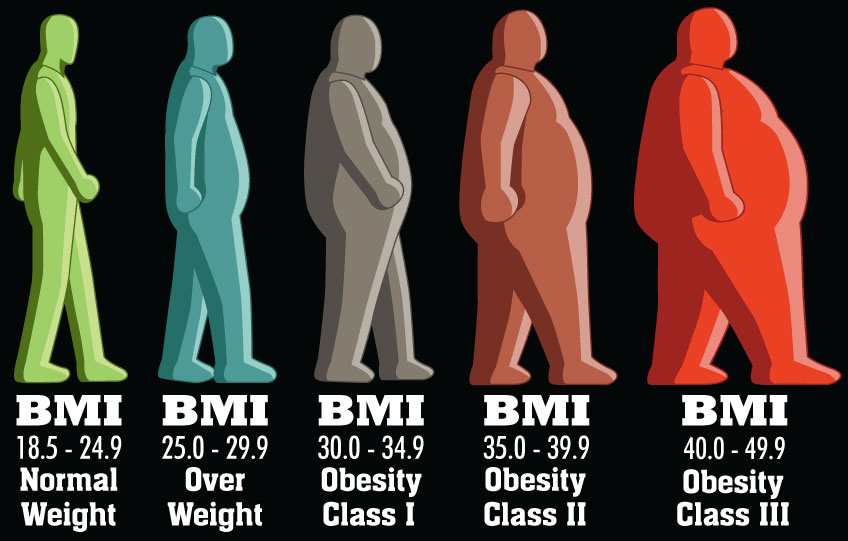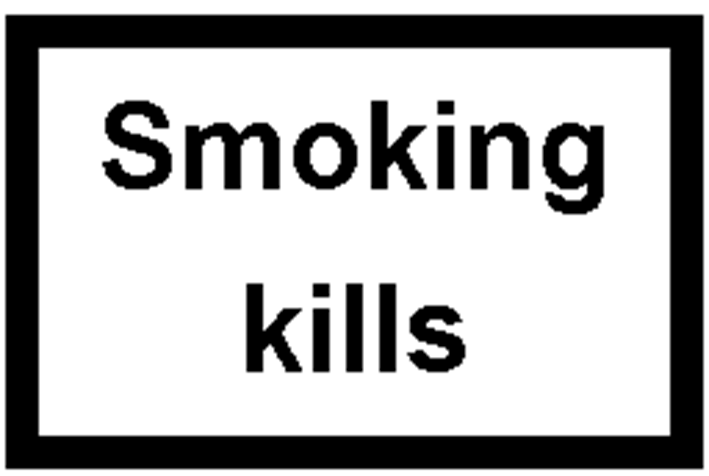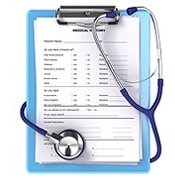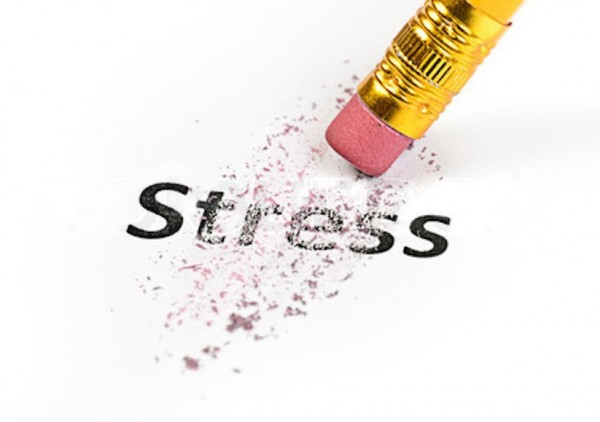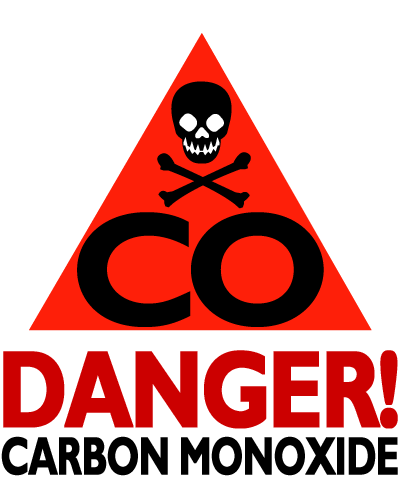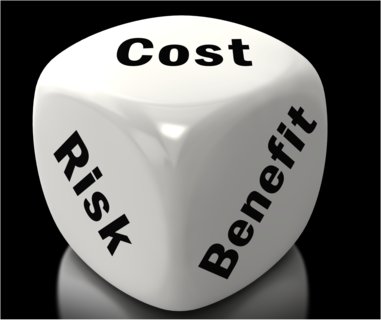 While some workplace stress is normal, excessive stress can interfere with your productivity and impact your physical and emotional health. And your ability to deal with it can mean the difference between success or failure. You can’t control everything in your work environment, but that doesn’t mean you’re powerless—even when you’re stuck in a difficult situation. Finding ways to manage workplace stress isn’t about making huge changes or rethinking career ambitions, but rather about focusing on the one thing that’s always within your control: you.
While some workplace stress is normal, excessive stress can interfere with your productivity and impact your physical and emotional health. And your ability to deal with it can mean the difference between success or failure. You can’t control everything in your work environment, but that doesn’t mean you’re powerless—even when you’re stuck in a difficult situation. Finding ways to manage workplace stress isn’t about making huge changes or rethinking career ambitions, but rather about focusing on the one thing that’s always within your control: you.
via Stress at Work: How to Reduce and Manage Workplace and Job Stress.


